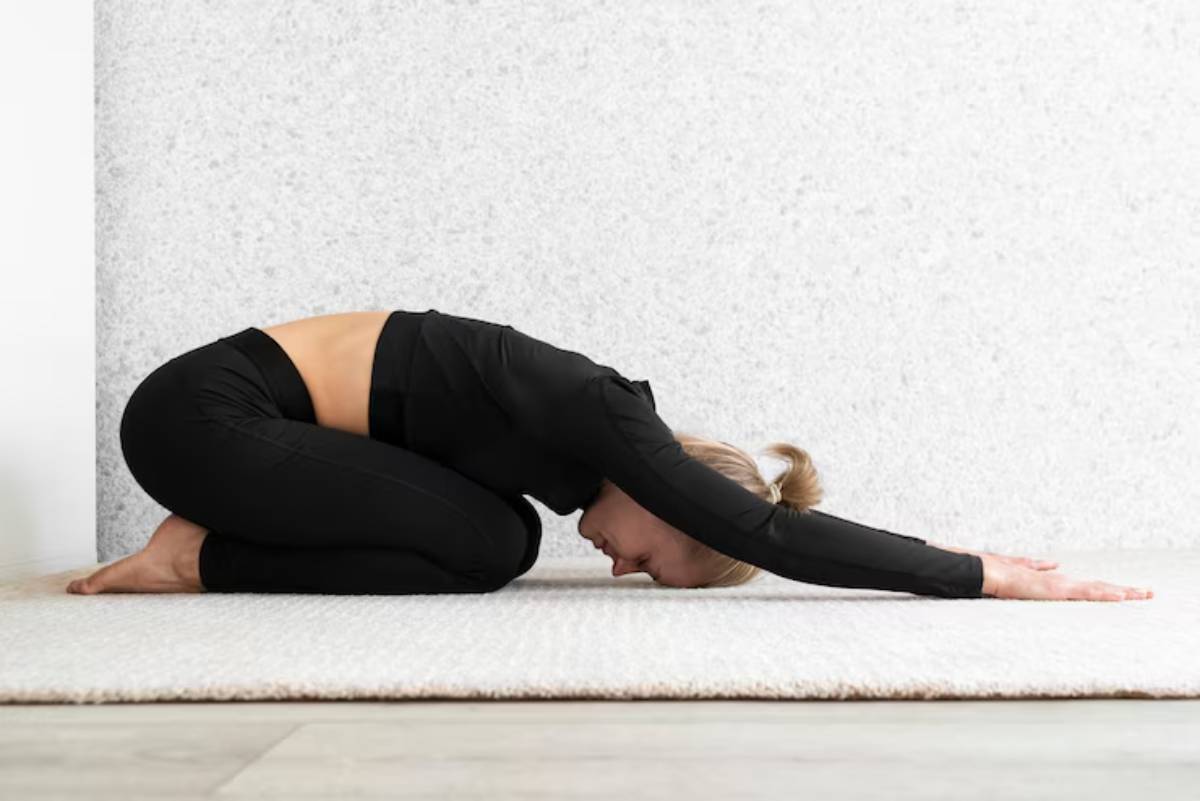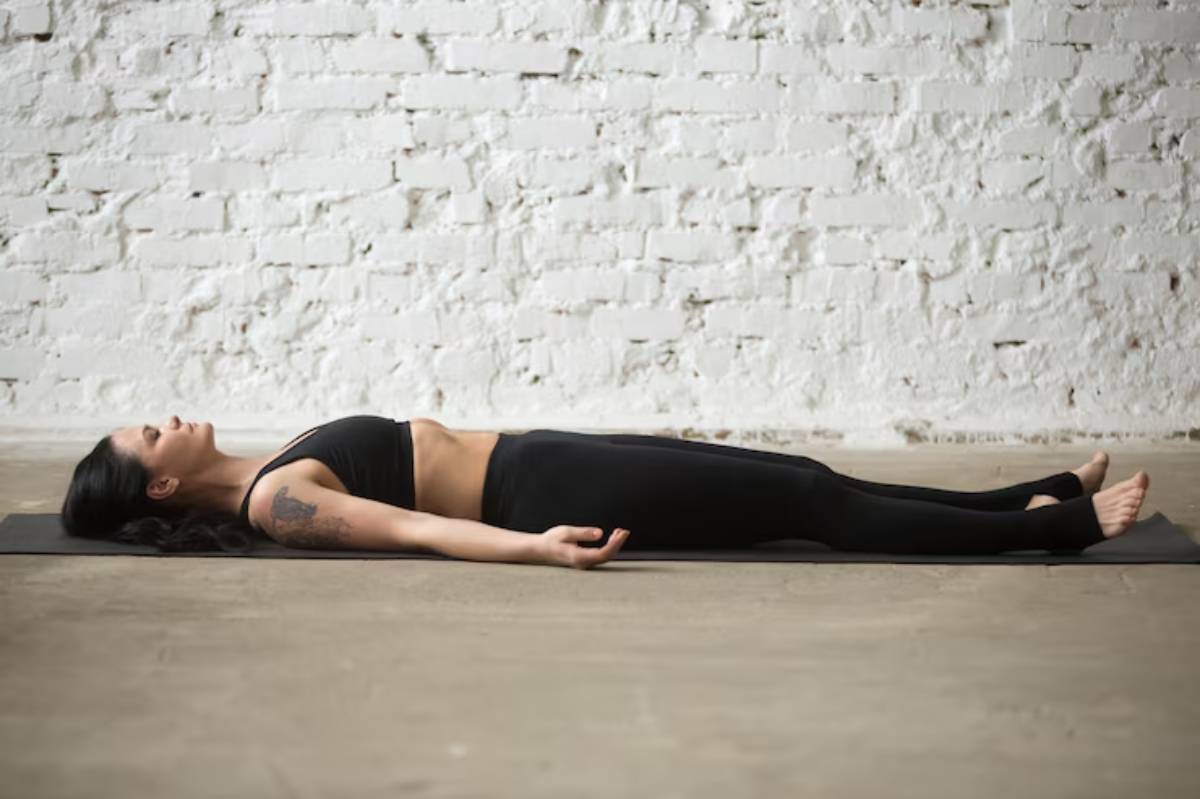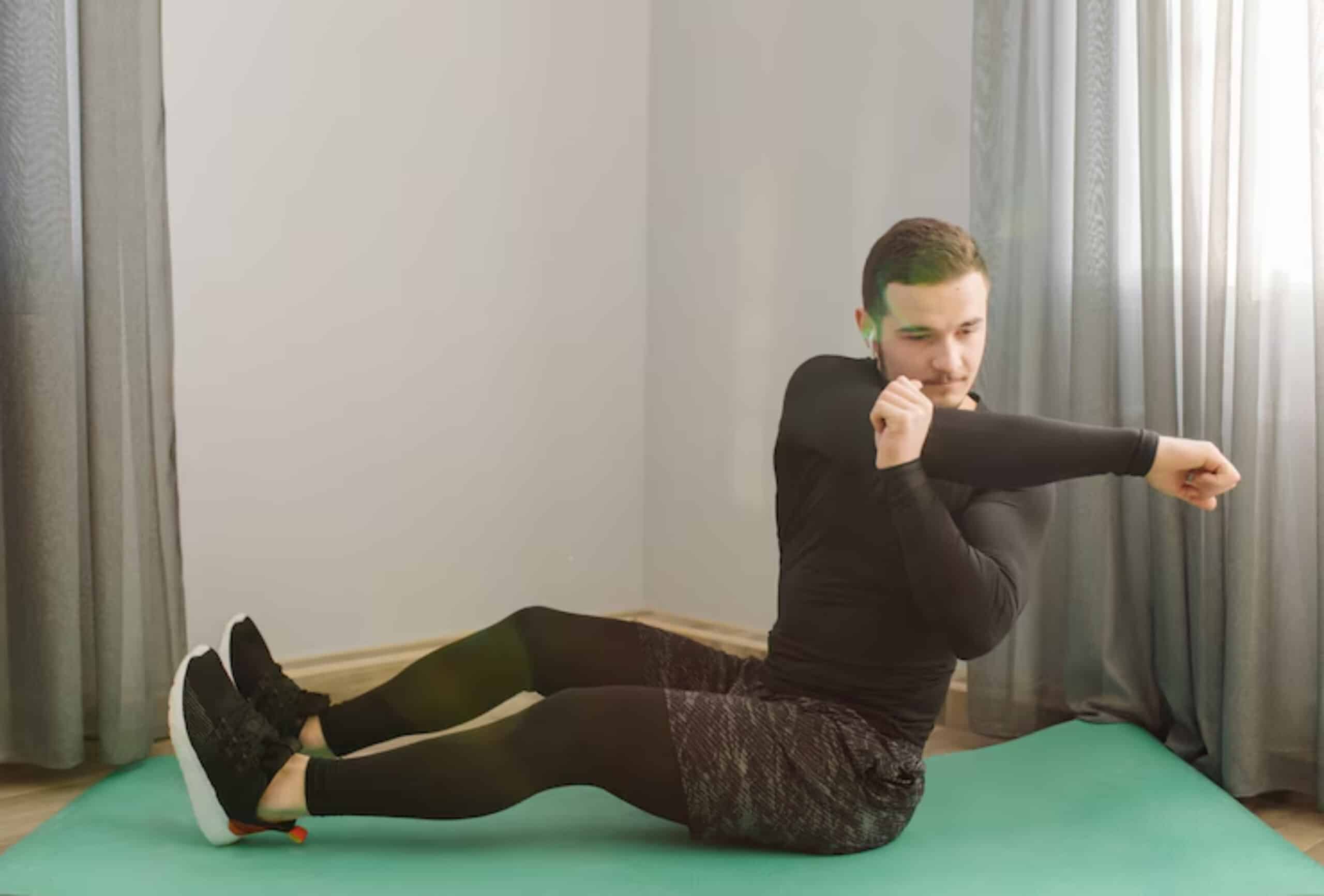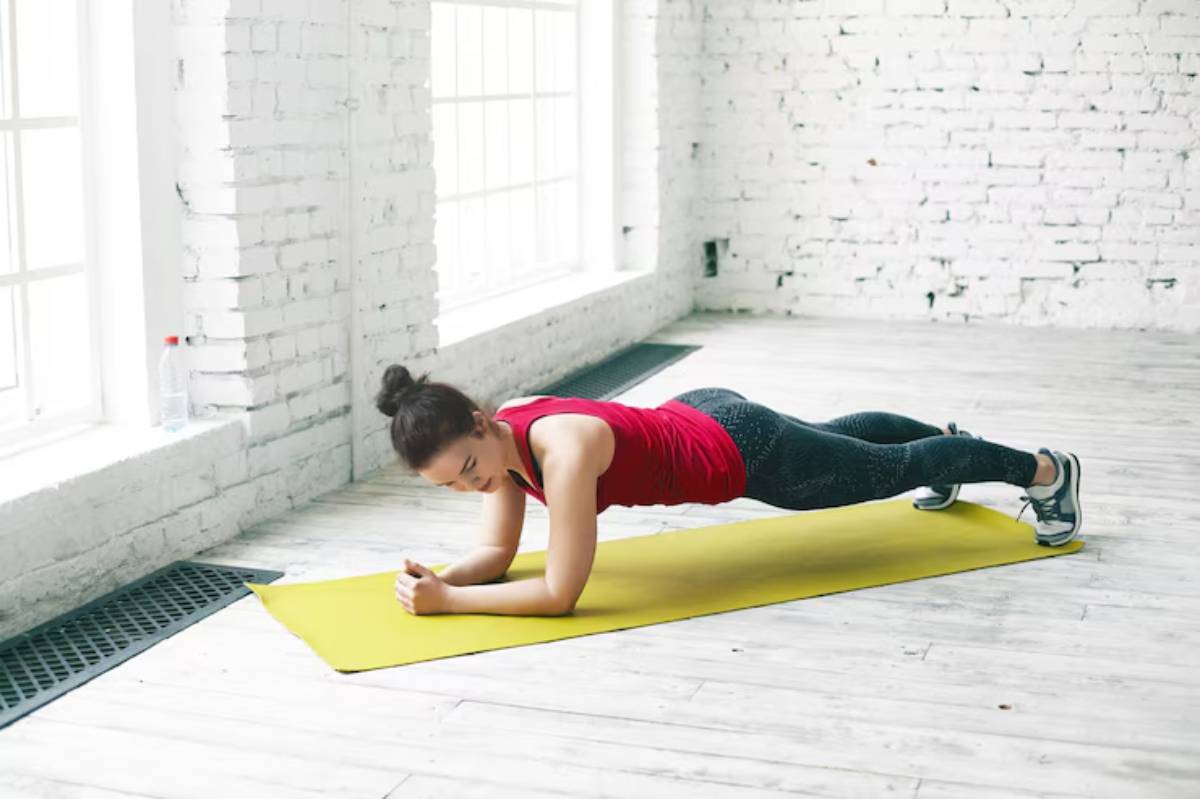
Yoga to Prevent Overtraining in Strength Programs
You train hard. You push limits. You feel the burn, chase the pump, and log every PR. But here’s a truth many lifters discover too late: more effort doesn’t always mean more gains. Sometimes, it means more burnout.
Welcome to the hidden world of overtraining.
When strength athletes overreach without enough recovery, performance plummets. Fatigue lingers. Motivation tanks. This is where overtraining recovery yoga can become your best ally.
Yoga offers more than a relaxing cooldown — it’s a targeted, evidence-backed way to reduce stress, restore energy, and bring balance back to your training.
In this blog, you’ll explore:
- The science behind overtraining
- How yoga offers physical and mental protection
- Practical poses and routines to integrate into your programme
- Real-life success stories and guidance from experts
If you want to lift harder and recover smarter, this guide is for you.
What Is Overtraining in Strength Athletes?
Recognising the Warning Signs

Overtraining Syndrome (OTS) happens when your recovery can’t keep up with your training load. You may think you’re pushing through a plateau, but in reality, you’re pushing your body into breakdown.
Common symptoms include:
- Prolonged muscle soreness
- Decreased performance
- Insomnia or restless sleep
- Mood swings or irritability
- Loss of motivation
- Increased resting heart rate
- Chronic fatigue despite rest days
If more caffeine and pre-workout aren’t solving the issue, it’s time to reassess your recovery.
Why Strength Athletes Are Vulnerable
Lifters often believe the key to progress is more volume, more frequency, and more intensity. But without structured rest, you overload your nervous system and immune response.
Key contributors:
- Excessive compound lifts without mobility work
- Ignoring stress management
- Inadequate sleep and nutrition
Yoga addresses these gaps directly.
How Yoga Balances Out Strength Training
1. Nervous System Reset
Strength training activates your sympathetic nervous system (fight or flight). Yoga stimulates the parasympathetic nervous system (rest and digest), restoring hormonal and neurological balance.
Yoga activates recovery by:
- Reducing cortisol levels
- Slowing the breath and heart rate
- Enhancing vagal tone (linked to stress resilience)
2. Muscle Tension Relief
Tight muscles = slower recovery and higher injury risk. Yoga gently lengthens over-contracted muscles like:
- Chest and shoulders (from pressing)
- Hamstrings and glutes (from deadlifting)
- Hip flexors and lower back (from squats)
This stress relief yoga approach promotes better circulation and myofascial release.
3. Mental Reset and Awareness
Yoga boosts mindfulness, body awareness, and focus. You become more attuned to signs of fatigue, stress, and emotional overload, allowing proactive adjustments.
Learn more recovery strategies in Yoga for Muscle Recovery After Lifting Weights
Signs You Need Yoga in Your Strength Program
- You’re chasing PRs but feeling chronically tired
- Your joints ache more than usual
- You’re plateauing despite consistent effort
- You can’t sleep well after heavy sessions
- You’re mentally burnt out and dreading workouts
Even 15–30 minutes of targeted yoga 2–3 times a week can make a massive difference.
Yoga Styles Ideal for Overtraining Prevention
Yin Yoga
- Long holds (2–5 mins)
- Targets fascia and deep tissue release
- Best for evening recovery sessions
Restorative Yoga
- Passive poses supported by props
- Focuses on total relaxation and nervous system reset
Gentle Vinyasa or Slow Flow
- Combines movement with breath
- Good for active rest days to keep blood flowing
Overtraining Recovery Yoga: Poses That Work
1. Legs Up the Wall (Viparita Karani)
Why it helps: Reduces inflammation, calms the nervous system
- Lie with legs extended up a wall
- Use a bolster under the hips for support
2. Reclining Butterfly (Supta Baddha Konasana)
Why it helps: Opens hips and chest, lowers stress hormones
- Lie back with soles of feet together, knees wide
- Support knees with blocks or cushions
3. Child’s Pose (Balasana)

Why it helps: Gently stretches back and hips, induces calm
- Knees wide, arms forward, forehead down
4. Supported Bridge (Setu Bandhasana on block)
Why it helps: Opens the front body, restores spinal alignment
- Place the block under the sacrum, let the hips rest passively
5. Supine Twist
Why it helps: Spinal decompression, nervous system soothing
- Lying on back, knees to one side, arms wide
Use this routine alongside Yoga to Prevent Overtraining in Strength Programs
Weekly Yoga Balance Training Schedule
Sample Plan (for lifters):
- Mon: Lower body lift + 10-min evening yin
- Tues: Upper body push + breathwork (box breathing)
- Wed: Light flow yoga or mobility + meditation
- Thurs: Pull day + Reclining Butterfly before bed
- Fri: Total body + Legs Up the Wall post-lift
- Sat: Rest day, yoga nidra or restorative class
- Sun: Full rest or light walk + supported yoga poses
Even short, consistent sessions provide cumulative benefits.
Breathwork & Mindfulness for Overtraining Prevention
Box Breathing Technique
- Inhale 4 seconds
- Hold 4 seconds
- Exhale 4 seconds
- Hold 4 seconds
Repeat 4–6 cycles, especially after high-intensity sessions or before bed.
Ujjayi Breath
- Constrict the throat slightly as you inhale and exhale through the nose
- Creates a calming, wave-like sound
- Enhances focus and internal rhythm
Yoga Nidra
- Guided “yogic sleep”
- Brings the body to deep rest while keeping the mind aware
- Ideal for mental reset on heavy weeks
Real Story: How Lauren Avoided Burnout with Yoga
Lauren, a competitive strength athlete, was lifting six days a week. She felt foggy, inflamed, and unmotivated. Her coach introduced yoga twice a week as part of her training block.
After 6 weeks:
- Sleep improved dramatically
- DOMS reduced after compound sessions
- Mental clarity and motivation returned
“I didn’t lose strength — I gained it back through recovery,” Lauren shared.
Conclusion: Train Hard, Recover Harder
Strength is built through effort, but maintained through recovery. When your programme lacks balance, progress suffers. The good news? You can reclaim your gains and energy with smarter recovery choices.
Overtraining recovery yoga isn’t about doing less — it’s about recovering more efficiently. Stress relief yoga soothes the nervous system. Yoga balance training enhances joint health, posture, and mindset.
In a world that praises hustle, yoga reminds you that sometimes stillness is strength.
Ready to add yoga to your strength routine? Try this week’s sample plan and let us know how it goes. Share this post with a lifting partner who’s been overdoing it.


